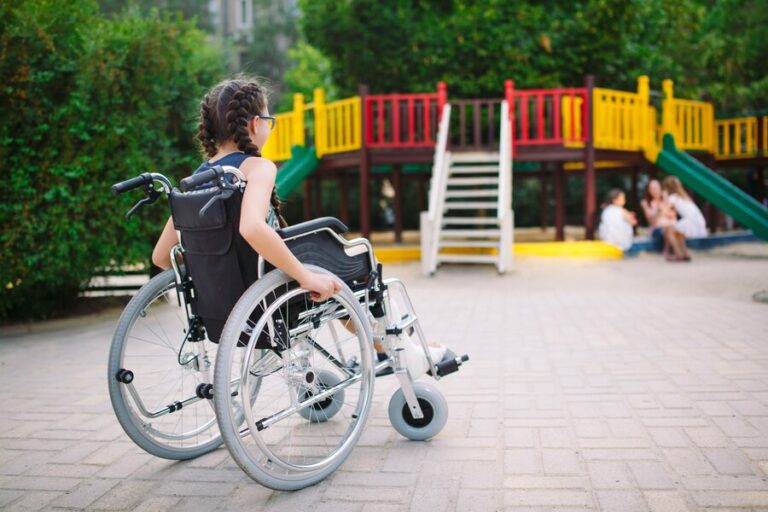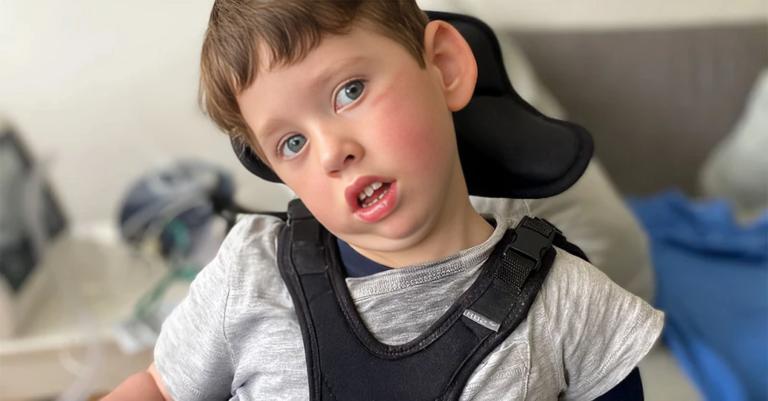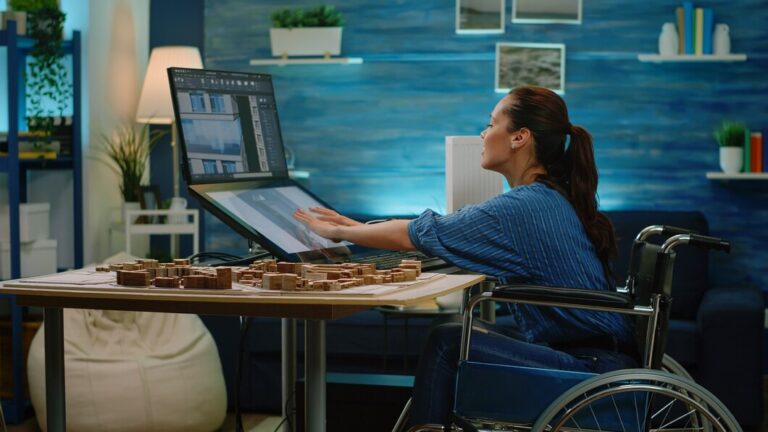The Many Faces of Cerebral Palsy Recognizing and Embracing Differences
Cerebral Palsy (CP) is a neurological condition that manifests in diverse ways, reflecting the complexity of the human brain and its impact on motor function. From spasticity to dyskinesia, each individual with CP navigates a unique journey. In this exploration, we will delve into the varied expressions of Cerebral Palsy, the importance of recognizing individual differences, and the collective effort to foster understanding and inclusivity.
To Know More About It Please Click Here
Understanding the Spectrum of Cerebral Palsy
- Spastic CP:
- Description: Characterized by stiff and tight muscles, leading to challenges in movement.
- Implications: Individuals with spastic CP may face difficulties in fine and gross motor skills.
- Dyskinetic CP:
- Description: Involves involuntary and uncontrolled movements, impacting coordination and muscle control.
- Implications: Fine motor skills, including writing and precise gestures, may be particularly challenging.
- Ataxic CP:
- Description: Affects balance and coordination, resulting in shaky or unsteady movements.
- Implications: Challenges with balance and coordination can impact mobility and daily activities.
Recognizing Individual Challenges and Triumphs
- Unique Motor Impairments:
- Observation: Motor impairments vary widely, from difficulties with walking to challenges in hand-eye coordination.
- Appreciation: Recognizing and celebrating each individual’s progress and achievements is key to fostering a positive mindset.
- Communication Hurdles:
- Observation: Speech and communication issues may differ among individuals with CP.
- Appreciation: Embracing alternative communication methods and technology helps empower individuals to express themselves.
- Diverse Educational Needs:
- Observation: Learning styles and educational requirements can differ significantly.
- Appreciation: Implementing inclusive education strategies and personalized learning plans supports diverse academic needs.
The Importance of Early Intervention
- Tailored Therapies:
- Early Recognition: Identifying CP early allows for personalized therapies and interventions.
- Holistic Approach: Physical, occupational, and speech therapies are tailored to address individual challenges and strengths.
- Family and Community Support:
- Unified Effort: Families and communities play a vital role in understanding and supporting individuals with CP.
- Building Bridges: Creating inclusive environments fosters a sense of belonging and encourages participation in community activities.
Breaking Stereotypes and Fostering Inclusivity:
- Changing Perceptions:
- Shifting Focus: Moving beyond stereotypes promotes a more accurate understanding of the abilities and potential of individuals with CP.
- Celebrating Differences: Embracing diversity within the CP community encourages a culture of acceptance and appreciation.
- Advocacy for Accessibility:
- Promoting Change: Advocacy efforts focus on improving accessibility in public spaces, education, and employment.
- Empowering Voices: Amplifying the voices of individuals with CP contributes to a more inclusive society.
To Know More About It Please Click Here
Conclusion
“The Many Faces of Cerebral Palsy” reflects the rich tapestry of human experiences, challenges, and triumphs. By recognizing and embracing the differences within the CP community, we contribute to a more inclusive and understanding world. Through early intervention, personalized care, and collective efforts to break down barriers, we can create a society where individuals with Cerebral Palsy are not defined by limitations but celebrated for their unique contributions and resilience.








